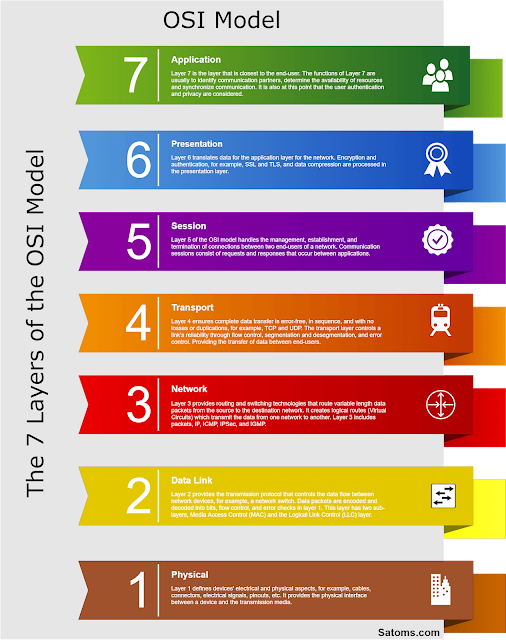Modulation Technique and Density
Modulation is a technique for converting one form of information to another form. In satellite communications this is the digital conversion to analogue for transmissions over the satellite link. In the modulation process multiple digital bits can be converted in to one analogue symbol. The reverse process is called demodulation. 8PSK Modulation Phase-Shift-Keying (PSK) is commonly used in Sat Comms (BPSK, QPSK, 8PSK and 16APSK). PSK works by varying one or more of the analogue signal characteristics (Amplitude, Frequency and/or Phase). Higher density bits per symbol gives more throughput on the link but will require higher receive signal and transmit power. Binary Phase Shift Keying (BPSK) 1 symbol represents 1 bit of information (0 or 1). Quadrature Phase Shift Keying (QPSK) 1 symbol represents 2 bits of information (00, 01, 10 or 11). 8 Phase Shift Keying (8PSK) 1 symbol represents 3 bits of information (000, 001 …. 110,111). 16-Ary Amplitude and Phase Shift Keying (16APSK) 1 ...

